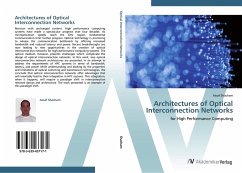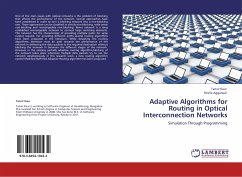Revision with unchanged content. High performance computing systems have made a spectacular progress over four decades. As microprocessor speeds reach the GHz region, fundamental communication limit further progress. Optical technology is promising to release the communication bottleneck by offering increased bandwidth and reduced latency and power. Recent breakthroughs are now leading to new opportunities in the creation of optical interconnection networks for high performance computing systems. The optical medium, however, presents challenges which complicate the design of optical interconnection networks. In this work, two optical interconnection network architectures are presented, in an attempt to address the requirements of HPC systems in terms of bandwidth, latency, and power while understanding and abiding by the properties and limitations of optical switching and transmission technologies. We conclude that optical interconnection networks offer advantages that will inevitably lead to their integration in HPC systems. This integration, when it happens, will require a paradigm shift in interconnection network design and architecture. The work presented is an example of this paradigm shift.








